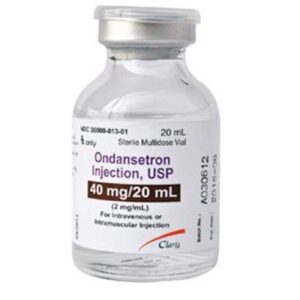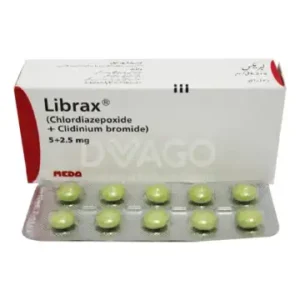-
Ondansetron
Ondansetron is a 5-HT3 receptor antagonist used to prevent and treat nausea and vomiting.
Applications:
-
Prevents nausea and vomiting from chemotherapy, radiation, and surgery.
-
Sometimes used for severe morning sickness in pregnancy.
Side Effects:
-
Common: headache, constipation, dizziness.
-
Serious (rare): QT prolongation, allergic reactions, serotonin syndrome (when combined with other serotonergic drugs).
Br120.00
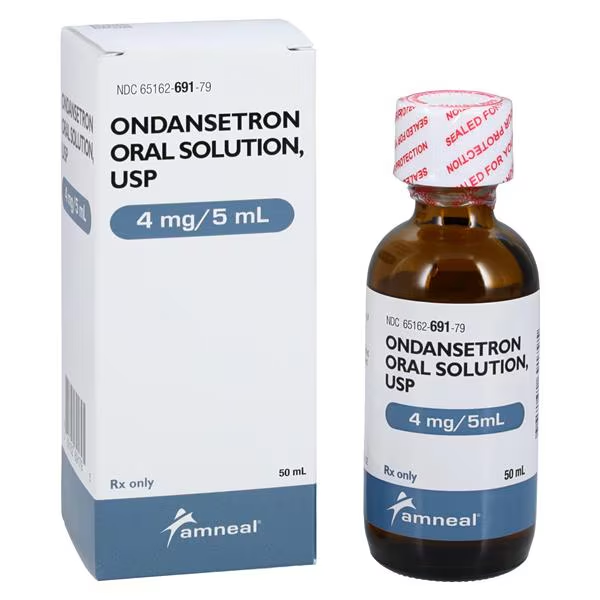

Ondansetron
Br120.00 Select options This product has multiple variants. The options may be chosen on the product page -
-
Chlorpromazine Hydrochloride
Applications:
-
Psychosis (schizophrenia, mania)
-
Severe nausea/vomiting
-
Intractable hiccups
-
Acute agitation/sedation
Side Effects:
Common: Drowsiness, dry mouth, constipation, low BP
Serious:-
Muscle spasms (EPS), tardive dyskinesia
-
Neuroleptic malignant syndrome (NMS)
-
QT prolongation → heart rhythm risk
-
Seizures, confusion (elderly)
Avoid in: Glaucoma, Parkinson’s, heart rhythm issues.
Br120.00
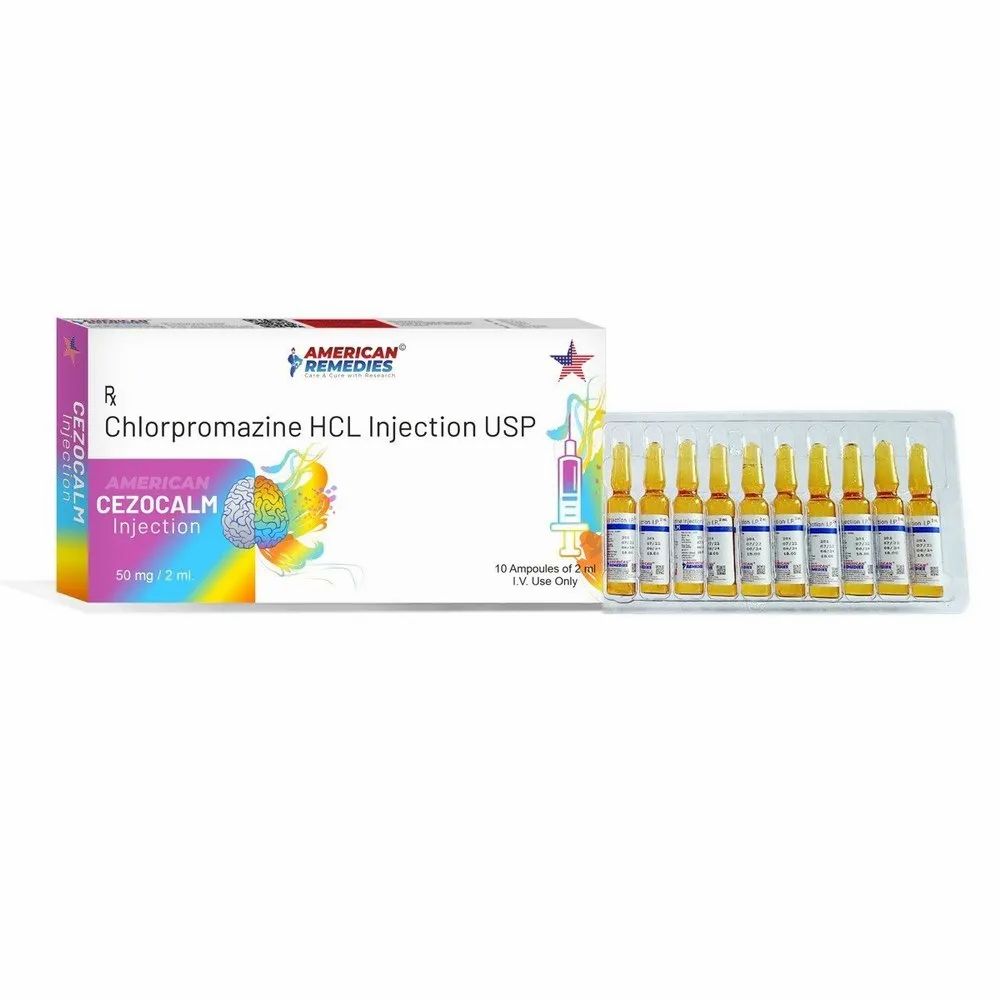


Chlorpromazine Hydrochloride
Br120.00 Select options This product has multiple variants. The options may be chosen on the product page -
-
Omeprazole
Applications:
-
Treats severe GERD/ulcers (when oral therapy fails)
-
Manages Zollinger-Ellison syndrome (acid hypersecretion)
-
Prevents acid aspiration during surgery
-
Reduces rebleeding risk after endoscopic treatment
Side Effects:
-
Common: Headache, nausea, injection-site pain
-
Serious (rare): Kidney injury, low magnesium, bone fractures (long-term use)
Note: Requires kidney/magnesium monitoring with prolonged IV use. Administered once daily (40mg). Brands include Losec® IV and generics.
Br120.00
Omeprazole
Br120.00 Select options This product has multiple variants. The options may be chosen on the product page -
-
Sucralfate
Sure! Here’s a similar overview for sucralfate:
Applications:
- Used primarily to treat and prevent peptic ulcers by forming a protective barrier over ulcer sites in the stomach and intestines.
- Often prescribed for gastroesophageal reflux disease (GERD) and to manage conditions involving damage to the stomach lining, like gastritis.
- Can help in the healing of esophageal ulcers, as well as ulcers caused by nonsteroidal anti-inflammatory drugs (NSAIDs).
Side Effects:
- Common side effects include constipation, dry mouth, and mild stomach discomfort.
- Rare but serious side effects can include allergic reactions, severe abdominal pain, or difficulty breathing.
- Prolonged use may lead to malabsorption of nutrients like phosphate, which can cause low phosphate levels.
- In some cases, patients may experience dizziness or headache.
Sucralfate is typically considered a safe treatment, but like with any medication, it’s important to monitor for any adverse effects, particularly with long-term use.
Br120.00

Sucralfate
Br120.00 Select options This product has multiple variants. The options may be chosen on the product page -
Chlordiazepoxide + Clidinium Bromide.
Chlordiazepoxide + Clidinium Bromide:
Applications:
- Used to treat irritable bowel syndrome (IBS) and other gastrointestinal disorders with spasm or pain.
- Helps manage anxiety and agitation associated with gastrointestinal conditions.
Side Effects:
- Drowsiness, dizziness, and blurred vision.
- Dry mouth, constipation, and urinary retention.
This combination helps reduce symptoms of both gastrointestinal discomfort and anxiety, though it can cause sedation and other common side effects like dry mouth. Be cautious when operating machinery or driving.
Br120.00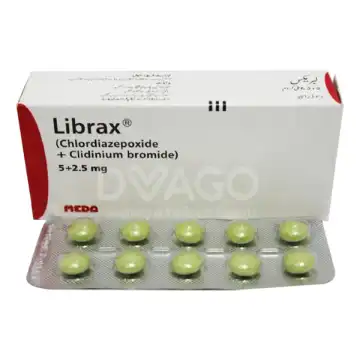
Chlordiazepoxide + Clidinium Bromide.
Br120.00 Select options This product has multiple variants. The options may be chosen on the product page

